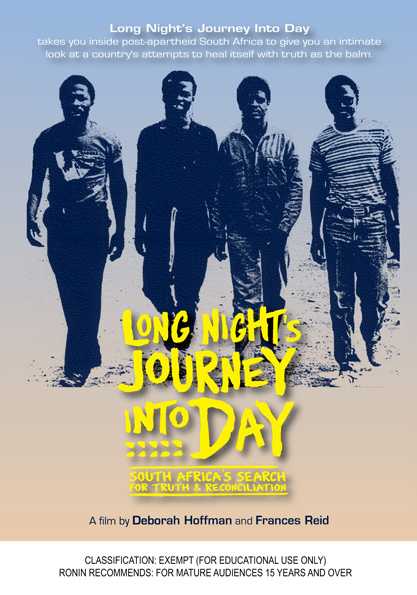Should You Let Your Protagonist Cry?
Should you let your protagonist cry? Maybe. Once.
That’s the advice I got from a PBS producer.
I remember showing him a rough cut of my personal documentary about lesbian romantic relationships. As he finished his feedback, he said “And Karen, you get to cry once…maybe.”
A bit embarrassed, I took his advice to heart once I realized that tears leveraged for drama can backfire. It’s like zooming in on an interviewee who is weeping. As viewers, we squirm at the intrusion.
And for a personal documentary–when the risk of self-indulgence runs high–the squirm factor is squared.
OK, so what about character-driven documentaries when crying is at the heart of a verite scene?
“I’m quite hesitant to use scenes with protagonists crying,” director Marcus Lindeen told Filmmaker Magazine (3/30/18).
Why? Because crying can create an unintentional, anticlimactic effect.
“While a lot of documentary filmmakers wait with anticipation for tears from their subjects,” Lindeen said, “It really can just tip over into completely pathetic material.”
So…if you want to include a crying scene, here are three tips to avoid exploiting your audience:
First, be sensitive to your primary audience’s culture. Younger audiences may have no problem with crying. And some Western audiences may be more forgiving of a character from a more emotionally expressive culture.
For example, winner of the Grand Jury Prize at Sundance, Long Night’s Journey Into Day climaxed with a black woman wailing even as she forgave her child’s murderer. Sitting in that Park City audience with tears running down my face, it seemed there wasn’t a dry eye in the mostly white house.
Second, if you can, build up to tears in one long take. Or, include only a couple credible cutaways. Show the sniffs, facial contortions, head in hand—rather than cutting too quickly to a sobbing face.
Third, consider only showing the build-up, rather than the spill over to waterworks.
“There’s nothing more moving than seeing someone on film struggling to hold back tears,” veteran editor Deborah Hoffmann once told me.
It’s not that her Oscar-winning films (The Times of Harvey Milk, Common Threads) didn’t show characters who cried.
But only once.
